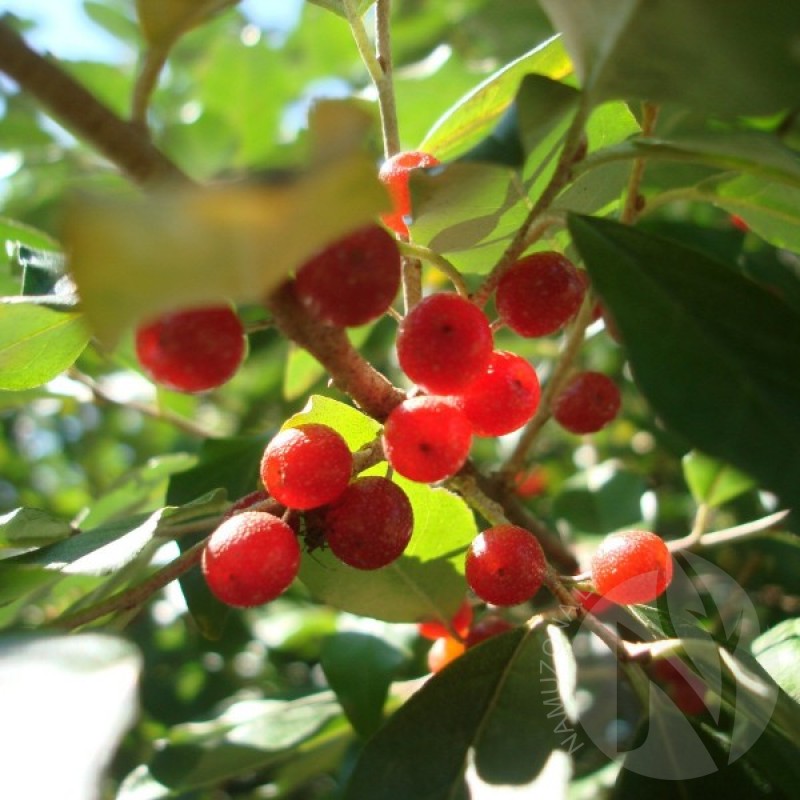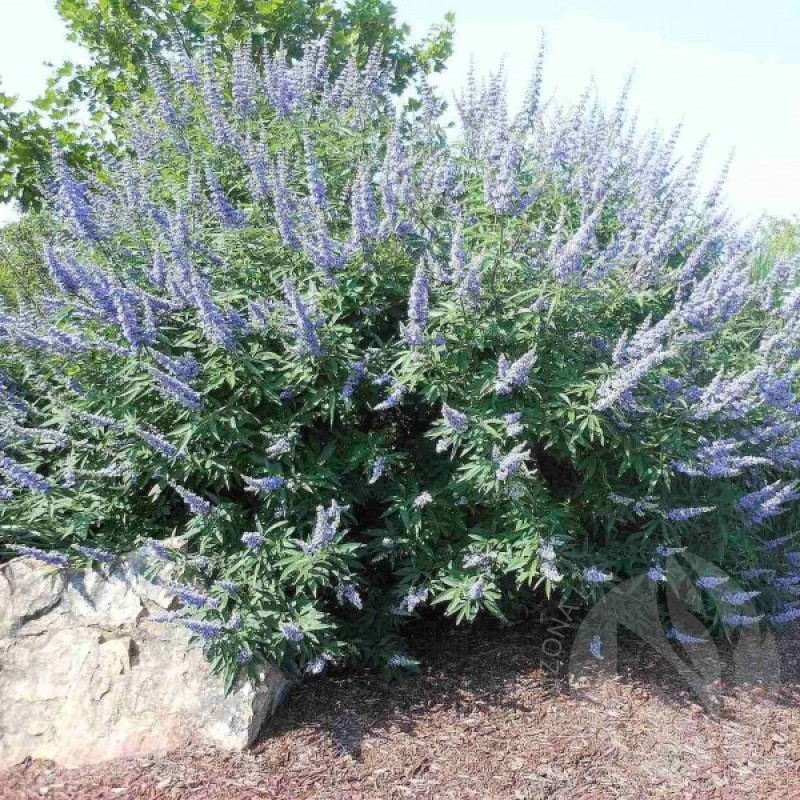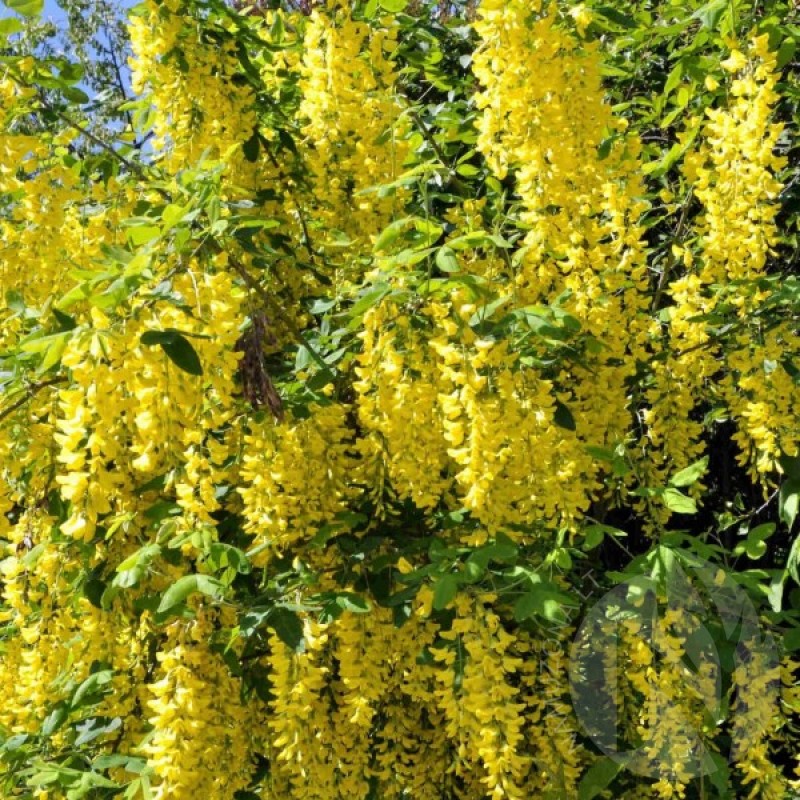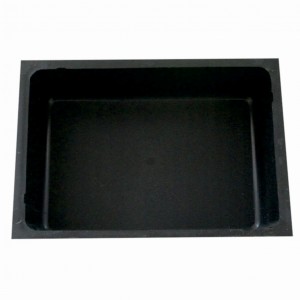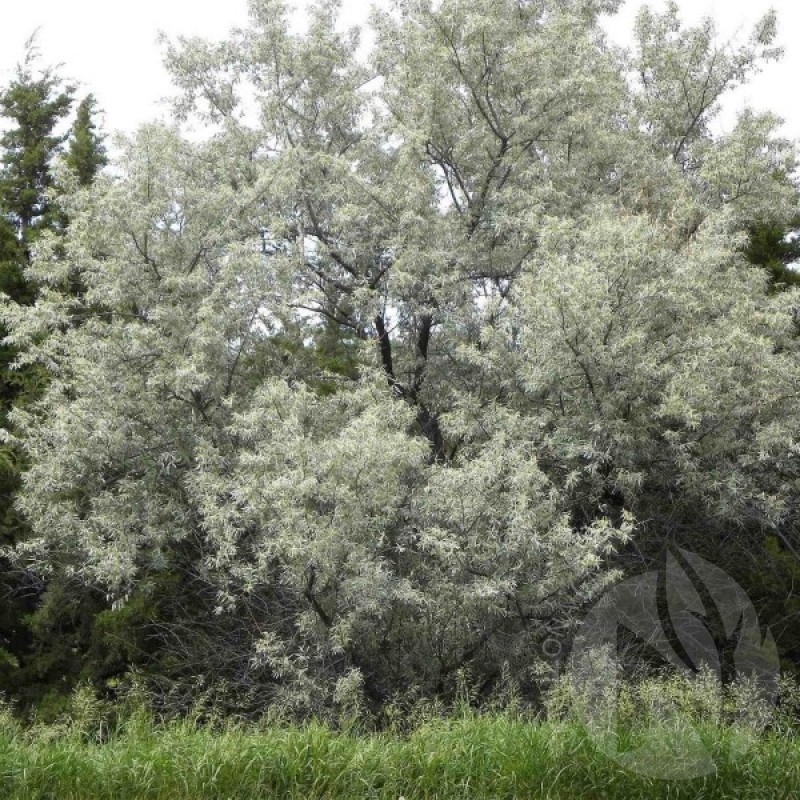
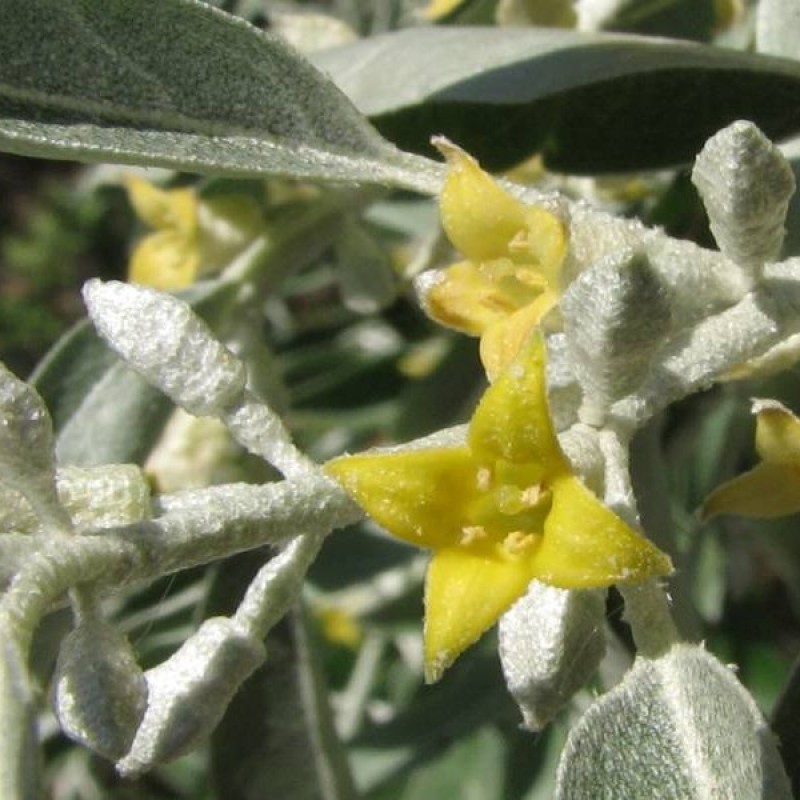
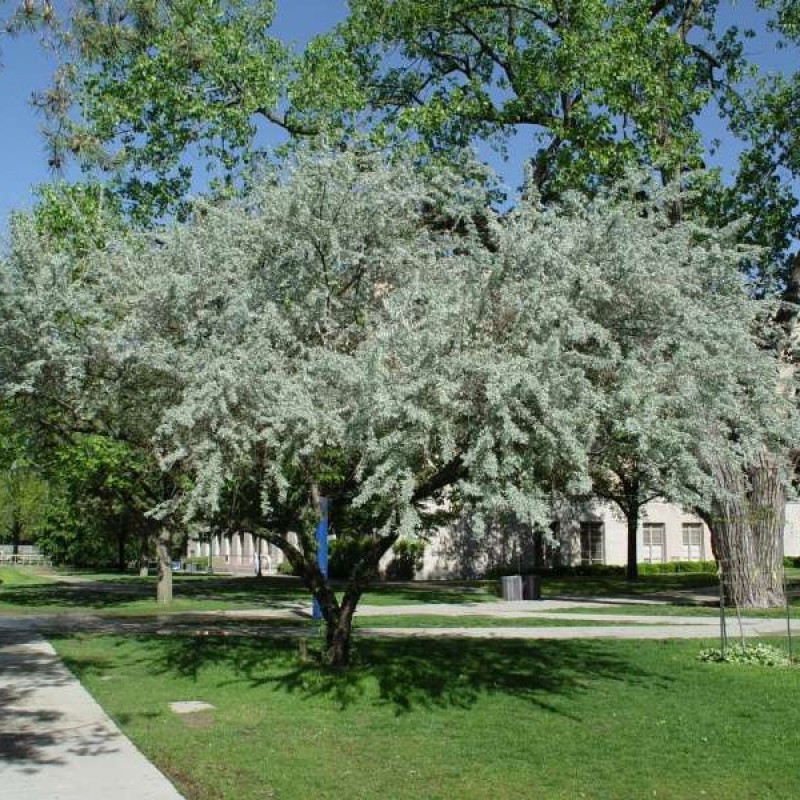
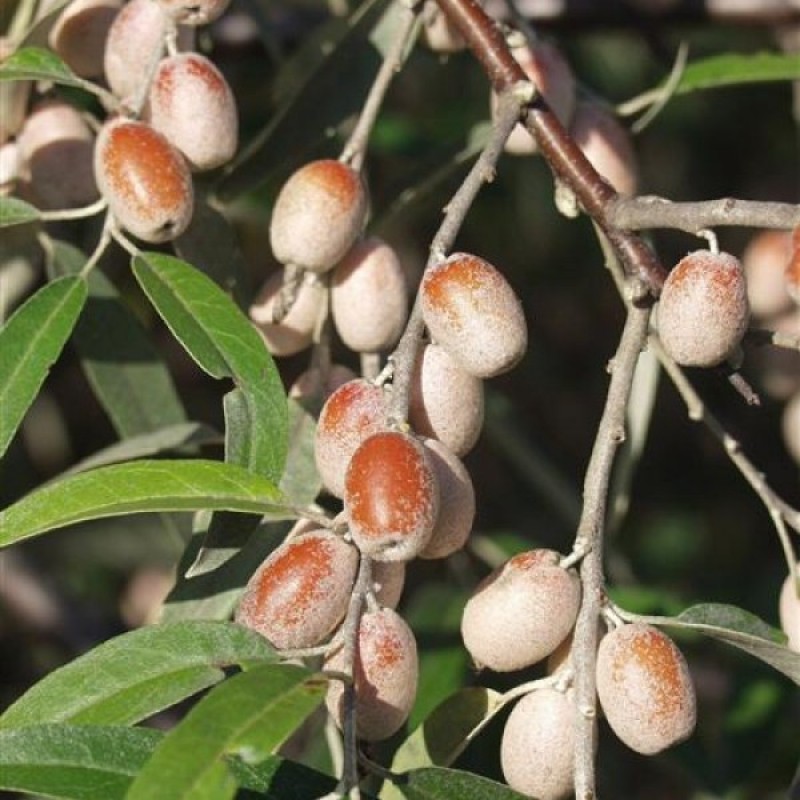
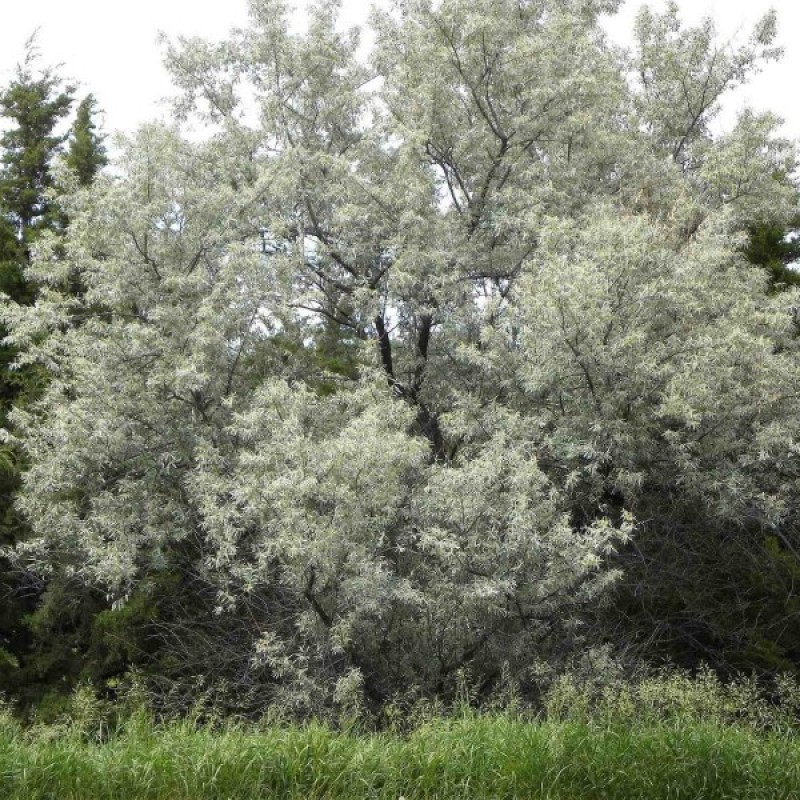
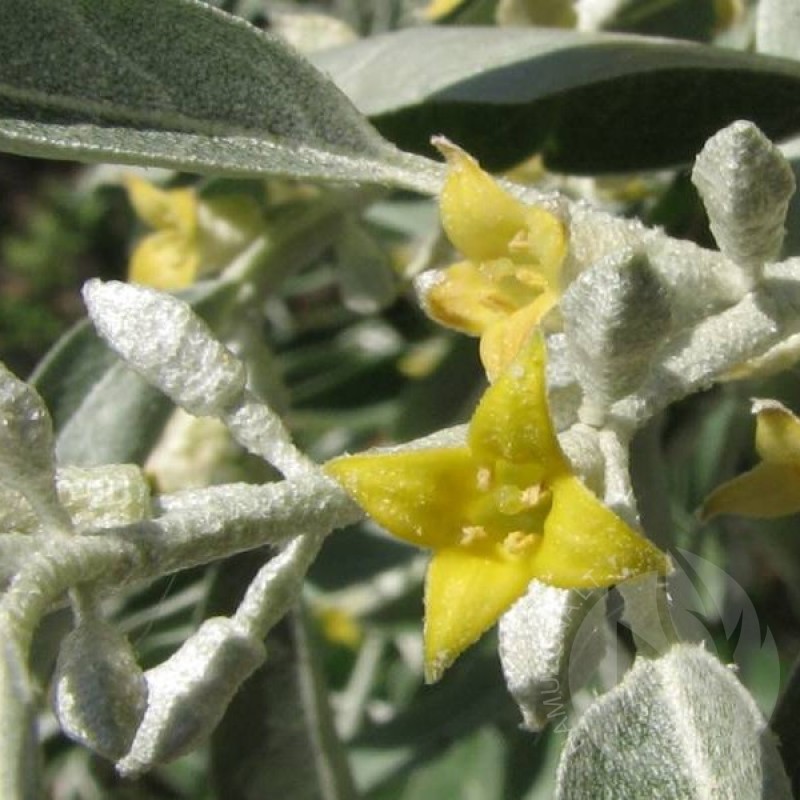
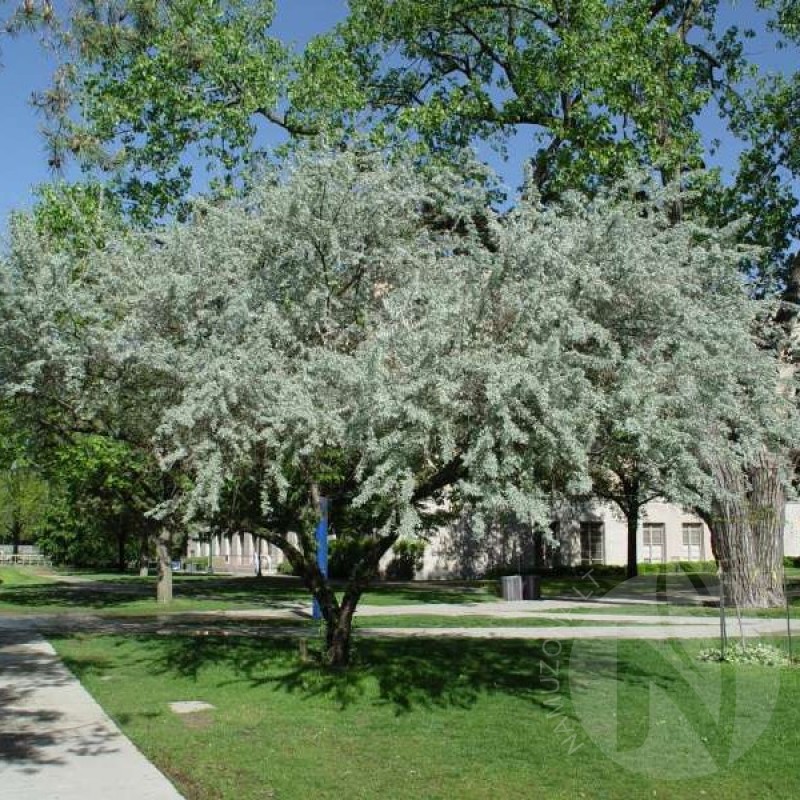
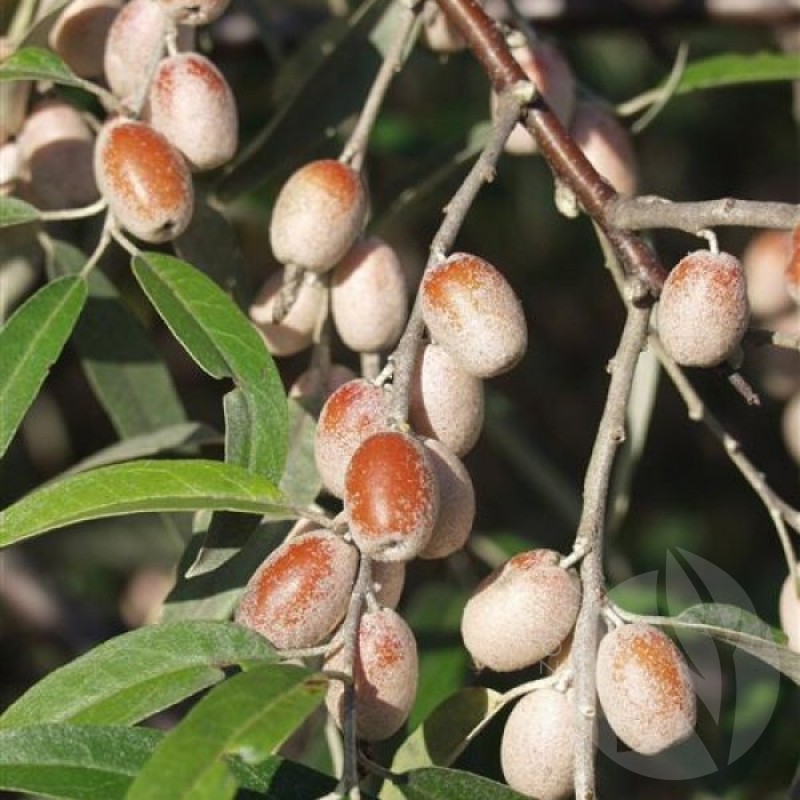
PAY ATTENTION!
All seeds (except SOLD OUT) are available for immediate shipping and will be dispatched within 1-2 business days.
INFORMATION NEEDED? PLEASE CONTACT US NOW!
Russian olive is a large deciduous shrub or small tree that's remarkably hardy and beautiful but known to be invasive. It is native to southern Europe, Russia, central Asia and parts of China where it inhabits coastal regions, lake shores, dry river beds and mountainous areas. It has also become naturalized throughout much of North America. In addition to its graceful habit and silvery leaves it is valued for its edible fruit, quality timber and fast-growing nature.
The narrow, lance-shaped leaves of Russian olive are green above and silvery, gray-green below. Its brown, scaly, often thorny branches are covered with exfoliating bark that adds winter interest. Silvery white, strongly fragrant flowers with yellow centers appear in late spring or early summer and are followed by edible, olive-like fruit.
This resilient tree is very tolerant of most growing conditions from dry to moist and sunny to shady. It is salt and drought tolerant and commonly found along sandy, coastal lands. Russian olive is grown primarily for its foliage and fragrant flowers but also makes an ideal barrier, screen or hedge, if pruned to retain a shrubby habit.
Genus - Elaeagnus
Species - Angustifolia
Common name - Silverberry
Pre-Treatment - Required
Hardiness zones - 2 - 7
Height - 12-20' / 3,70 - 6 (10) m
Spread - 12-20' / 3,70 - 6 m
Plant type - Tree
Vegetation type - Deciduous
Exposure - Full Sun, Partial Sun, Partial Shade
Growth rate - Fast
Soil PH - Acidic, Neutral, Alkaline
Soil type - Clay, loam, sand, well drained
Water requirements - Average, drought tolerant
Landscape uses - Feature Plant, Hedges, Mixed Border, Screening / Wind Break, Topiary / Bonsai / Espalier
Bloom season - Late Spring, Early Summer
Leaf / Flower color - Light Green, Gray Green, Silver / White, Yellow Green, Silver
GERMINATION INSTRUCTIONS
1. Soak the seeds for 6 hours. Mix with moist sterile sand or vermiculite. Place in to a ziplock bag. Secure the envelope closed to keep the seeds inside.
2. Place the seeds in the crisper drawer of the refrigerator for 90 days. Adjust the refrigerator's temperature to +2-+4C (41F).
2. Remove the seeds from the refrigerator and place them on the counter until they reach room temperature.
3. Bury the seeds 10-15 mm (3/4") deep in a seed-starting tray filled with starter mix. Moisten the starter soil with a water spray bottle. Move the seeds to a warm location, away from direct sunlight. Keep the starter soil moist until the seeds germinate.
4. Move the seedlings to a sunny window till as they reach 3 to 4 inches in height. Cut the weakest seedlings with scissors. Leave only the strongest seedlings or only the amount you wish to plant in the landscape. Allow the seedlings to stay indoors until the last frost, regularly ensuring that the soil is moist.
5. Transplant the seedlings outdoors in the early spring, after the last frost. Plant the seedlings in full sun, away from other shrubs and trees. It can become invasive and overcrowd nearby root systems, causing poor growth or death.(Info source: eHow.com)
Atsiliepimų apie šią prekę kol kas nėra.
No questions about this product.


